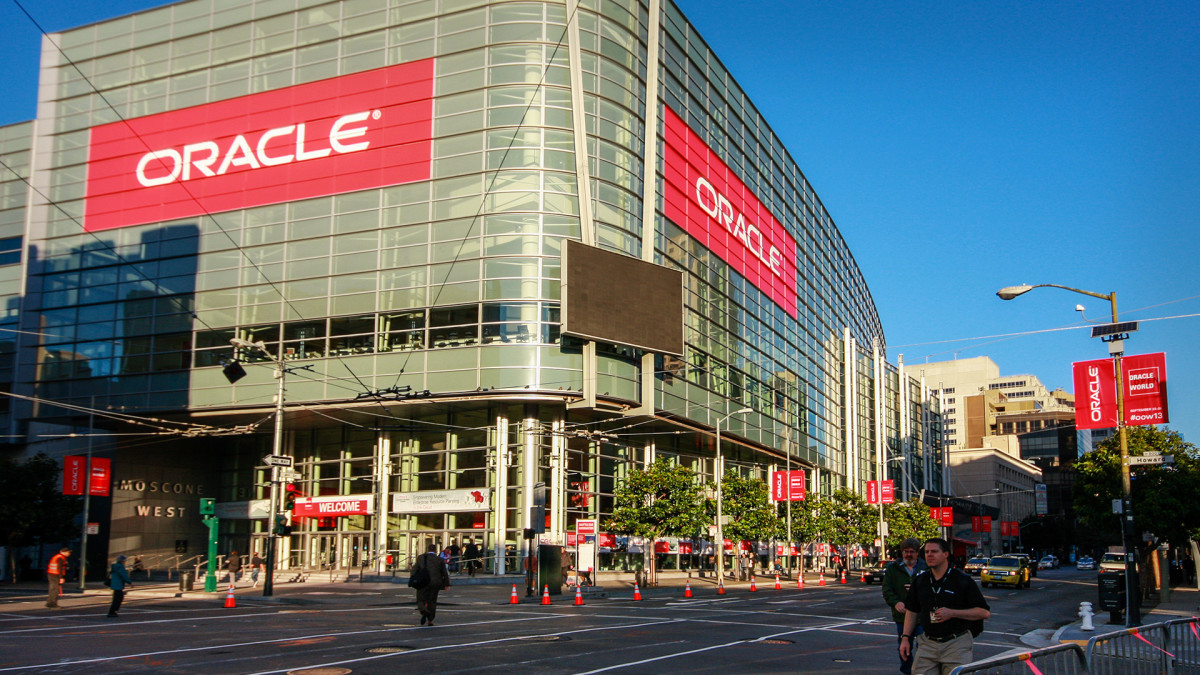
It took Oracle (ORCL) 17 years to get back to the all-time highs it booked in the 2000 Dot-com Bubble. But in a single evening, it’s minting the entirety of the fortune it took over a decade to earn back.
The cloud giant reported earnings Tuesday evening, narrowly missing on both the top and bottom line. Revenue grew 12% year-over-year to $14.9 billion, led higher by rapid growth in cloud infrastructure revenue (+55% YoY to $3.3 billion) and cloud revenue (+28% YoY to $7.2 billion). Non-GAAP earnings per share grew 6% year-over-year to $1.47.
Still, despite the modest miss, its stock is soaring. It’s up 27% in after hours trading, good for its best day since 1999. As it tends to be with reactions like this, the story is in the outlook and one very, very big number.
Oracle’s $144 Billion Projection
In the latest quarter, Oracle’s remaining performance obligations (RPOs) soared 359% year-over-year to $455 billion. 90% of those RPOs, which are money that the company has yet to earn, is going towards cloud services.
Among those customers is OpenAI, which inked a $30 billion with Oracle in June for data centers. It’s also believed to include two other firms that signed multi-billion dollar deals with the company during the quarter. Oracle provides services to many tech giants, including Microsoft (MSFT) , Google (GOOGL) , Amazon (AMZN) , and xAI, among others.
However, the $455 billion backlog isn’t the big deal here: it’s still money that Oracle has to earn over a longer time horizon. The real number is in terms of how it plans to book that revenue over the next five years, starting this quarter as it kicks off its fiscal year 2026.
“We expect Oracle Cloud infrastructure revenue to grow 77% to $18 billion this fiscal year,” said Oracle CEO Safra Catz in the company’s quarterly earnings report. “And then increase to $32 billion, $73 billion, $114 billion, and $144 billion over the subsequent four years.”
That means that by FY 2030, the company could make three-fourths of what it used to be worth during its Dot-com valuation; it notched a $254 billion valuation in Aug. 2000.
More importantly, $144 billion in revenue would make it a comparable competitor to Amazon Web Services, Microsoft’s Azure cloud, and Google Cloud; they are the three largest cloud providers in the world today by revenue.
Catz adds that the company expects to “sign up several additional multi-billion-dollar customers,” putting Oracle on its way to having a half-a-trillion dollar backlog.
Oracle’s Exc-AI-tment
Before today’s report, Oracle was up 72% over the past year, with its recent stock games coming as investors bet on the firm’s push into hyperscale AI services. Over the last five years, the company was up 323%, good for a $678 billion valuation as of Tuesday’s close.
If the company’s overnight excitement boils over into tomorrow, the company will have doubled on the year. That will thrust Oracle closer to a prized $1 trillion valuation, putting it within stone’s throw of becoming the 12th U.S. firm to surpass that fantastical valuation.
Its results are sure to reinforce the view that the AI boom is durable; likely bolstering the fortunes of other similarly-situated tech names; potentially pushing U.S. equity benchmarks to fresh records in a month which has generally been riddled with underperformance.
The S&P 500 and Nasdaq Composite notched fresh record closes on Tuesday.
#Investors #write #Oracle #earnings #management #promises #stratospheric #growth